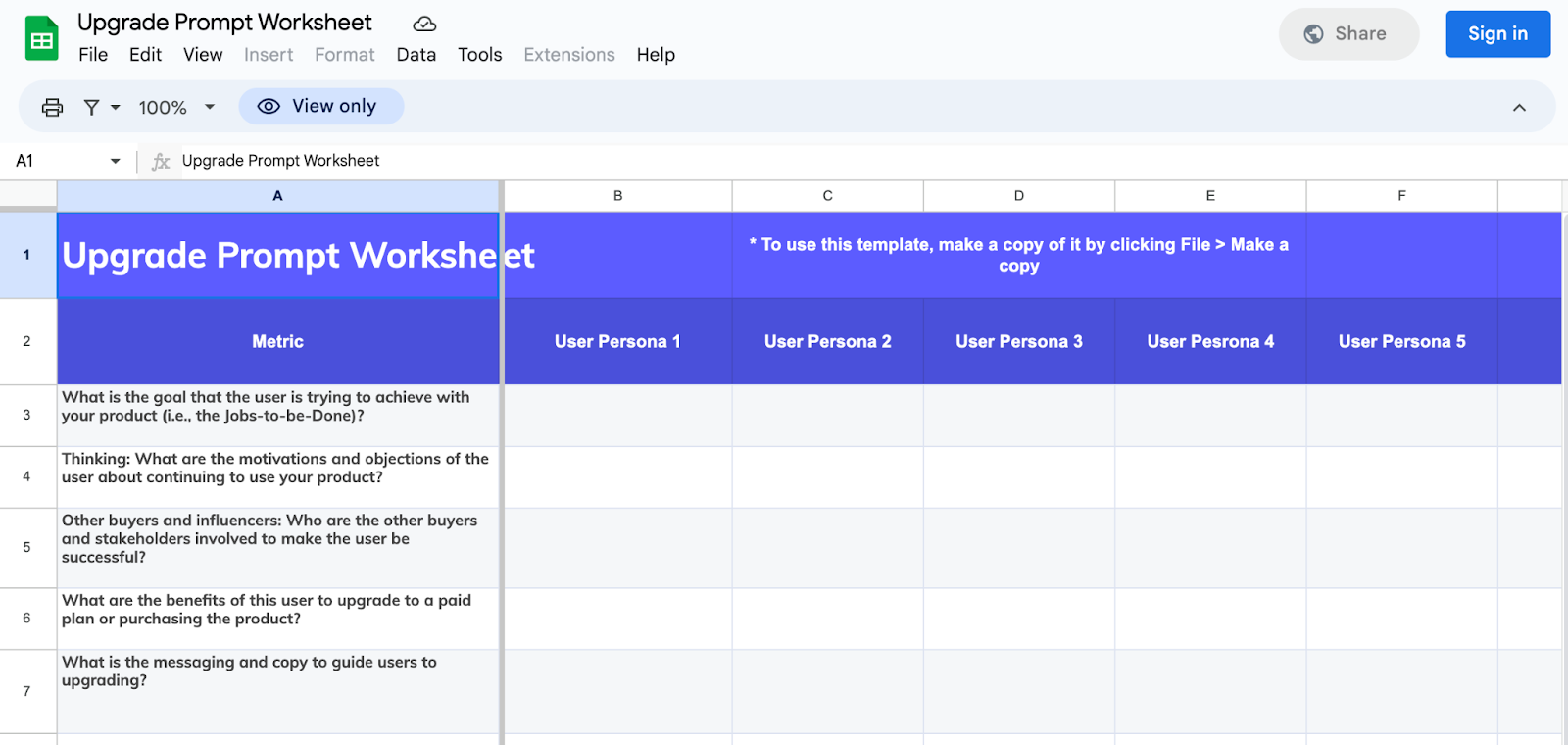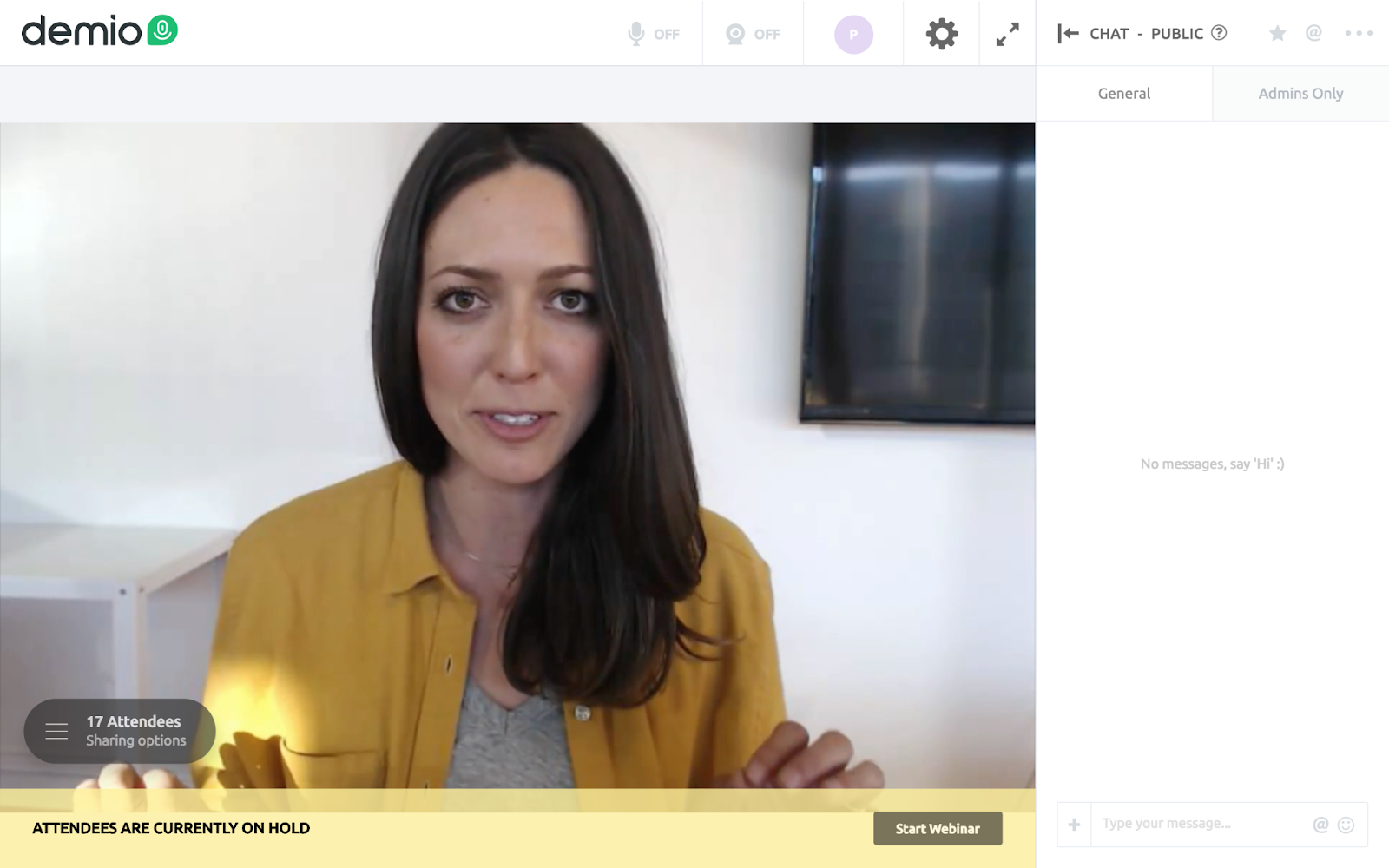
EXPANSION PLAYBOOK
evaluation playbook
activation playbook
ADVOCACY PLAYBOOK
adoption playbook
Increasing revenue from existing customers
Because the only thing tougher than getting more from an existing customer is finding a new one. In this playbook, learn the tips and tricks you need to successfully upsell existing customers.






